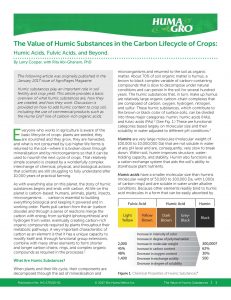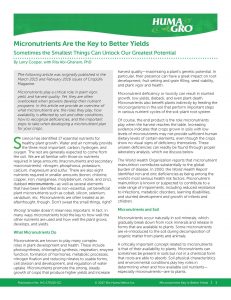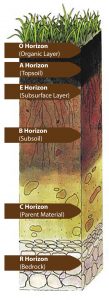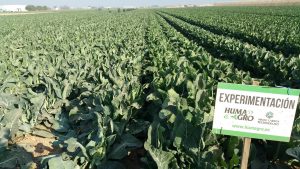 On Global Fertilizer Day, agricultural professionals gather to celebrate the key role that fertilizer plays in meeting the growing global demand for nutritious and sustainably grown food.
On Global Fertilizer Day, agricultural professionals gather to celebrate the key role that fertilizer plays in meeting the growing global demand for nutritious and sustainably grown food.
Our growing global population depends on responsible agricultural practices to provide a steady supply of food. Modern fertilizer techniques are an essential part of this sustainable future, and The Fertilizer Institute (TFI) is invested in promoting best practices to help farmers improve their productivity and food nutrition.
Through innovative, science-based programs, like 4R Nutrient Stewardship, farmers can use fertilizer best management practices that offer enhanced environmental protection, increased production, increased farmer profitability, and improved sustainability.
The concept is to use the right fertilizer source, at the right rate, at the right time, and in the right place. When the 4Rs are put into practice, growers are able to achieve higher yields, lower input costs, and less nutrient losses to the environment.
Get involved with this year’s Global Fertilizer Day by visiting tfi.org/globalfertilizerday!
With Huma Gro® products you also get a 5th R, the Right Carbon Carrier! Our Micro Carbon Technology® provides a carbon-based nutrient carrier that makes our liquid fertilizers more efficient and effective than conventional products. Ask us how!






